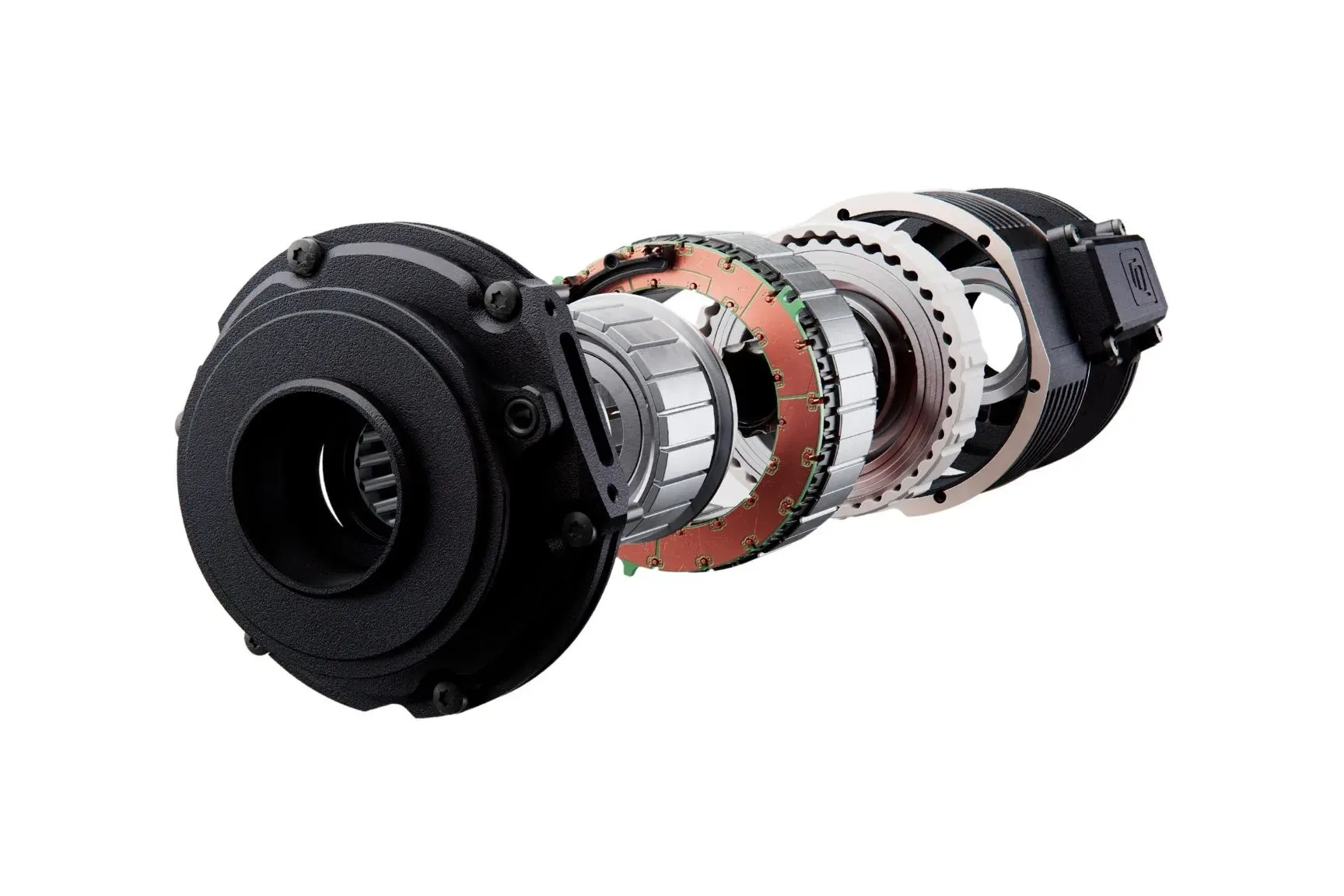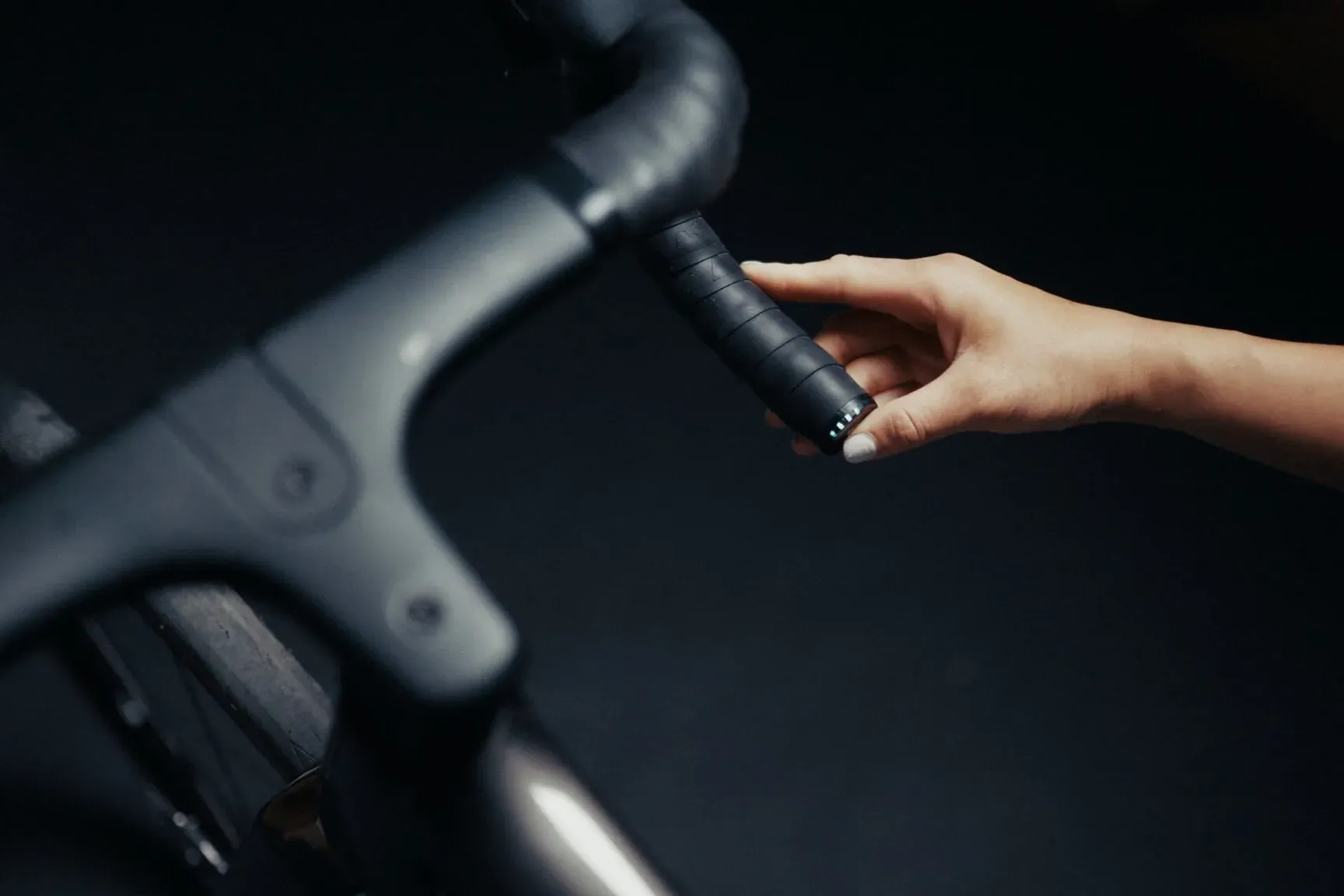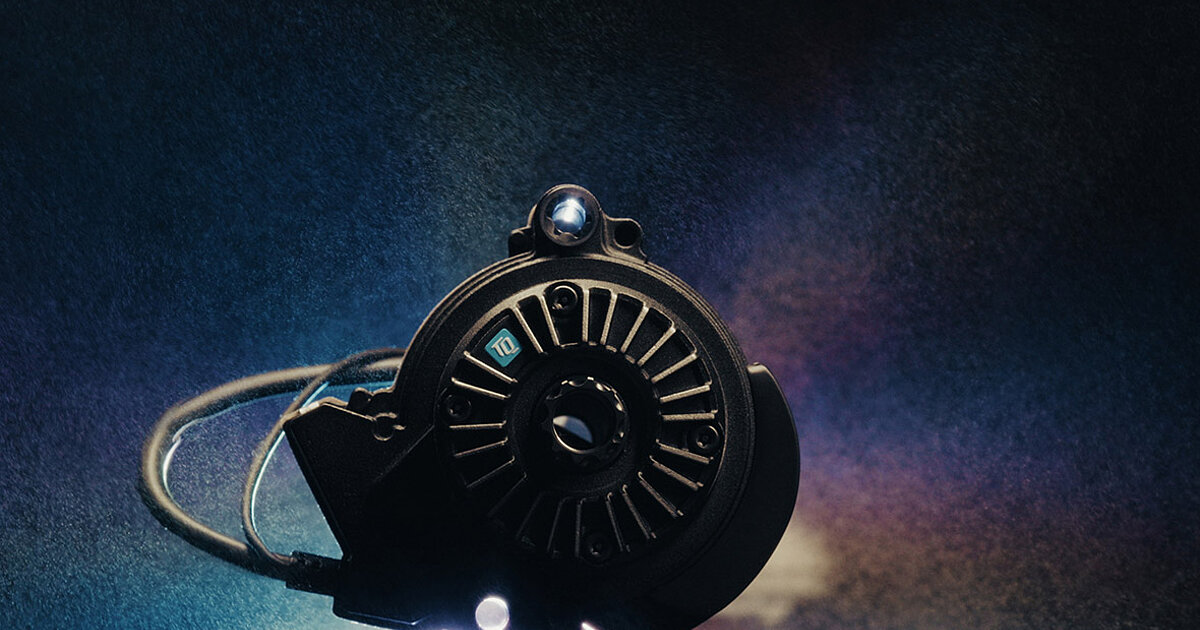Canyon and Ridley Debut TQ's Game-Changing HPR40 Lightweight E-Bike Motor
Discover the new TQ-HPR40, a lightweight, silent, and compact e-bike drive system for road and gravel that promises a natural, drag-free ride.

For years, the promise of the perfect e-road or e-gravel bike has felt just out of reach. The core challenge has been a fundamental conflict: how do you add a motor and battery to a sleek, lightweight performance machine without compromising the very things that make it great? The added bulk ruins classic aesthetics, the weight penalizes handling, and the motor drag above the assistance cutoff can feel like riding with the brakes on.
Enter TQ, the German engineering firm poised to solve this dilemma with its all-new HPR40 drive system. Unveiled at Eurobike, this compact, whisper-quiet, and impressively lightweight system is designed specifically for drop-bar bikes. TQ’s goal was to create a drive system that has a minimal impact on a bike’s aesthetics and handling, allowing manufacturers to "create super lightweight e-bikes that look, feel, and sound like analog bikes but take you further.”
Coinciding with the HPR40's debut, Canyon launched its new Endurace:ON Fly e-road bike, giving a first real-world look at this potentially game-changing technology.

The Heart of the System: The Harmonic Pin Ring (HPR) Drive Unit
At the core of the HPR40 is TQ’s patented Harmonic Pin Ring (HPR) transmission. Unlike conventional e-bike motors that use a series of cogs, the HPR design uses two concentric spline rings. This unique approach allows the motor to be built around the bottom bracket spindle, resulting in an incredibly compact and lightweight unit with fewer moving parts. The result is a drive unit that is so small it's almost completely hidden behind the chainrings.
The HPR40 drive unit weighs a mere 1,170 grams (2.58 lbs) and delivers 40 Nm of torque with up to 200 watts of peak power. While 200 watts may not sound like much compared to high-powered e-MTB motors, TQ puts it in perspective: "In performance cycling, 200 watts is anything but little." For many amateur riders, this represents a doubling of their own power output, effectively boosting them to a professional's level on climbs.
Crucially, the system is designed to eliminate drag when coasting or pedaling above the assistance limit. This, combined with a standard road bike Q-factor, ensures the ride feels natural, not like a cumbersome e-bike. First ride reviews of bikes like the Canyon Endurace:ON Fly praise the system for its seamless and nearly silent power delivery, with no jarring transitions as the assistance engages or fades.

An Integrated Ecosystem: Battery, Controls, and Connectivity
The HPR40 is more than just a motor; it’s a complete, integrated system.
- Battery and Range: The slim, 290Wh internal battery was designed specifically for the HPR40, weighing just 1,460 grams (3.22 lbs). The entire system—motor and battery—adds only 2,700 grams (5.95 lbs) to the bike. Thanks to the system's efficiency, TQ estimates a range of up to 130 km (80 miles) in Eco mode. For those seeking even longer adventures, a 160Wh bottle-cage-mounted range extender is available.
- Stealthy Controls: Further enhancing the analog look and feel, TQ has reimagined the system's controls. The assistance mode remote consists of discreet buttons hidden under the handlebar tape, while the display is a minimalist row of LEDs integrated into a bar-end plug. This design keeps the cockpit clean and uncluttered.
- Smart Integration: TQ developed its in-frame Smart Box to create an open architecture for third-party components. The system is fully compatible with Shimano and SRAM hood buttons, allowing riders to change assistance modes directly from their shifters. It also broadcasts data like power output via ANT+, potentially eliminating the need for a separate power meter and connecting seamlessly with Garmin, Wahoo, and other popular bike computers.

The First Wave: Canyon and Ridley Lead the Charge
The TQ-HPR40 will be available exclusively on complete bikes and framesets. The first two models to break cover demonstrate the system's versatility. The Canyon Endurace:ON Fly showcases the HPR40's application in a performance e-road bike, with some models weighing in at less than 11kg.
Simultaneously, Ridley has launched its new E-ASTR, an e-gravel bike that uses the HPR40 to provide subtle assistance without sacrificing the playful, agile handling of its analog counterpart. With more of TQ's existing partners in the bike industry, it is only a matter of time before we see a wider range of e-road and e-gravel bikes equipped with this revolutionary system.
The TQ-HPR40 represents a significant step forward, promising a future where the line between high-performance analog bikes and their electric-assist counterparts becomes beautifully, and almost silently, blurred.







